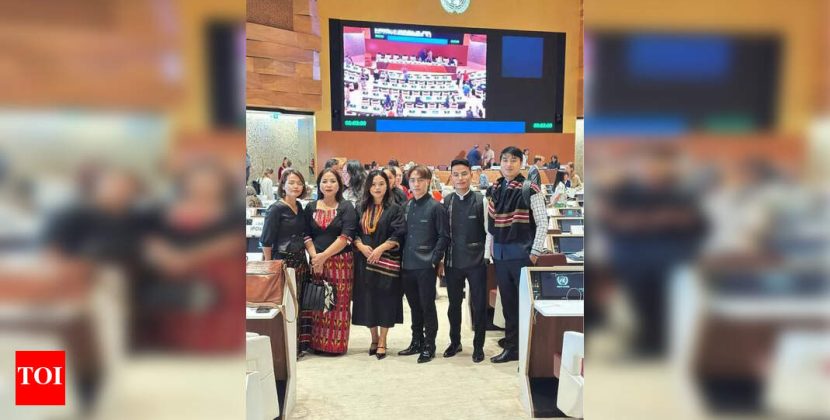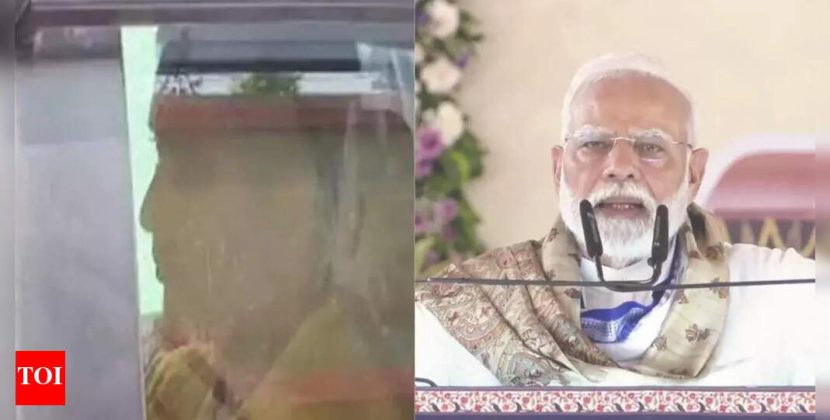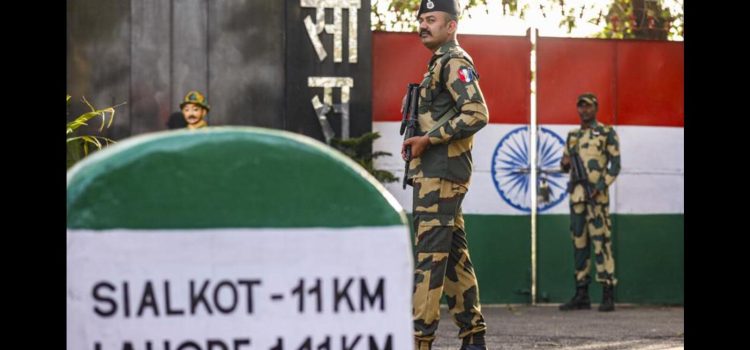
India and Pakistan on Tuesday exchanged lists of prisoners in each other’s custody, with New Delhi asking Islamabad to expedite the release of 159 Indian nationals who have completed their prison terms and to provide consular access to 26 more prisoners.
The two countries exchange lists of prisoners and fishermen twice a year, on January 1 and July 1, under provisions of the 2008 Agreement on Consular Access. This is among a limited number of bilateral mechanisms and arrangements that remain operational between the two sides, another being the exchange on January 1 of lists of nuclear installations that cannot be attacked during hostilities.
India shared the names of 382 civilian prisoners and 81 fishermen in its custody who are Pakistani or believed to be Pakistani, the external affairs ministry said. The Pakistani side provided a list of 53 civilian prisoners and 193 fishermen in its custody who are Indian or believed to be Indian.
The lists were simultaneously exchanged through diplomatic channels in New Delhi and Islamabad, the ministry said.
“The government of India has called for early release and repatriation of civilian prisoners, fishermen along with their boats, and missing Indian defence personnel from Pakistan’s custody,” the ministry said.
Pakistan was asked to expedite the release and repatriation of 159 Indian fishermen and civilian prisoners who had completed their sentences. Pakistan was also asked to provide immediate consular access to 26 civilian prisoners and fishermen in its custody who are believed to be Indian and have not been provided such access so far, the ministry said.
India urged Pakistan to expedite the process of verifying the nationality of 80 civilian prisoners and fishermen in India’s custody who are believed to be Pakistani, and whose repatriation has been held up for lack of confirmation of their nationality by Islamabad.
“Pakistan has been requested to ensure the safety, security and welfare of all Indian and believed-to-be-Indian civilian prisoners and fishermen, pending their release and repatriation to India,” it said.
The external affairs ministry said efforts by the Indian government have resulted in 2,661 Indian fishermen and 71 civilian prisoners being repatriated from Pakistan since 2014. This includes 500 fishermen and 13 civilian prisoners repatriated since 2023.
“India remains committed to addressing, on priority, all humanitarian matters, including those pertaining to prisoners and fishermen in each other’s country. In this context,” the ministry said.
India and Pakistan have not had any sustained talks since New Delhi called off the composite dialogue in the aftermath of the 2008 Mumbai attacks, which were carried out by a 10-member team of Pakistan-based Lashkar-e-Taiba (LeT). Following the Pahalgam terror attack in April, India announced a raft of punitive diplomatic and economic measures against Pakistan, including the suspension of the Indus Waters Treaty of 1960.



















Comments